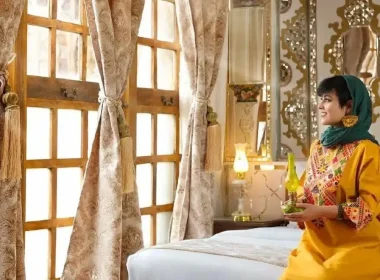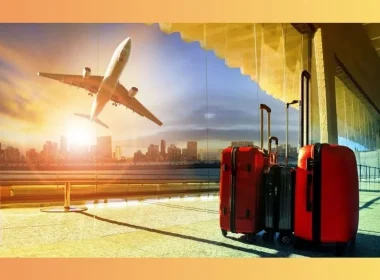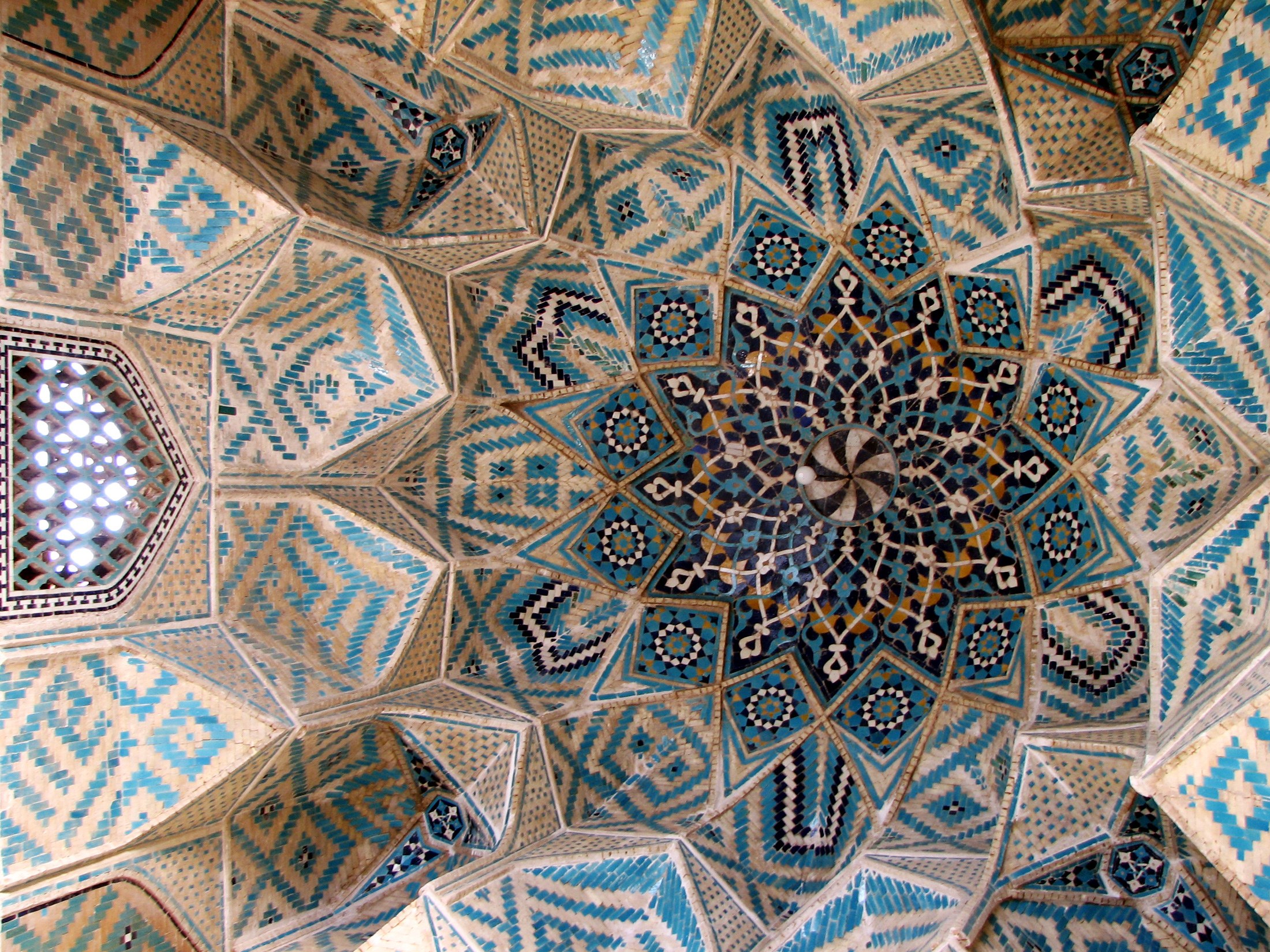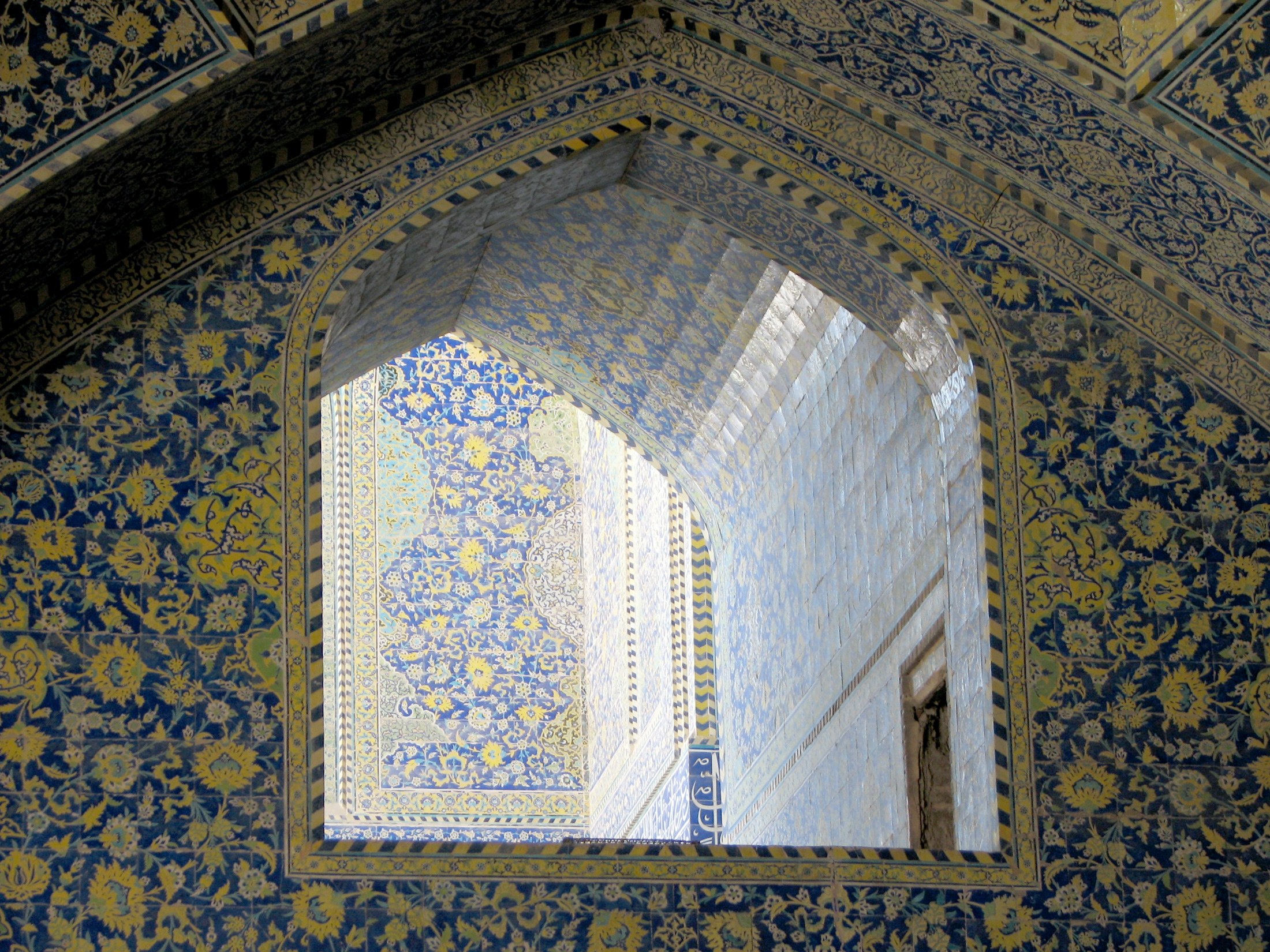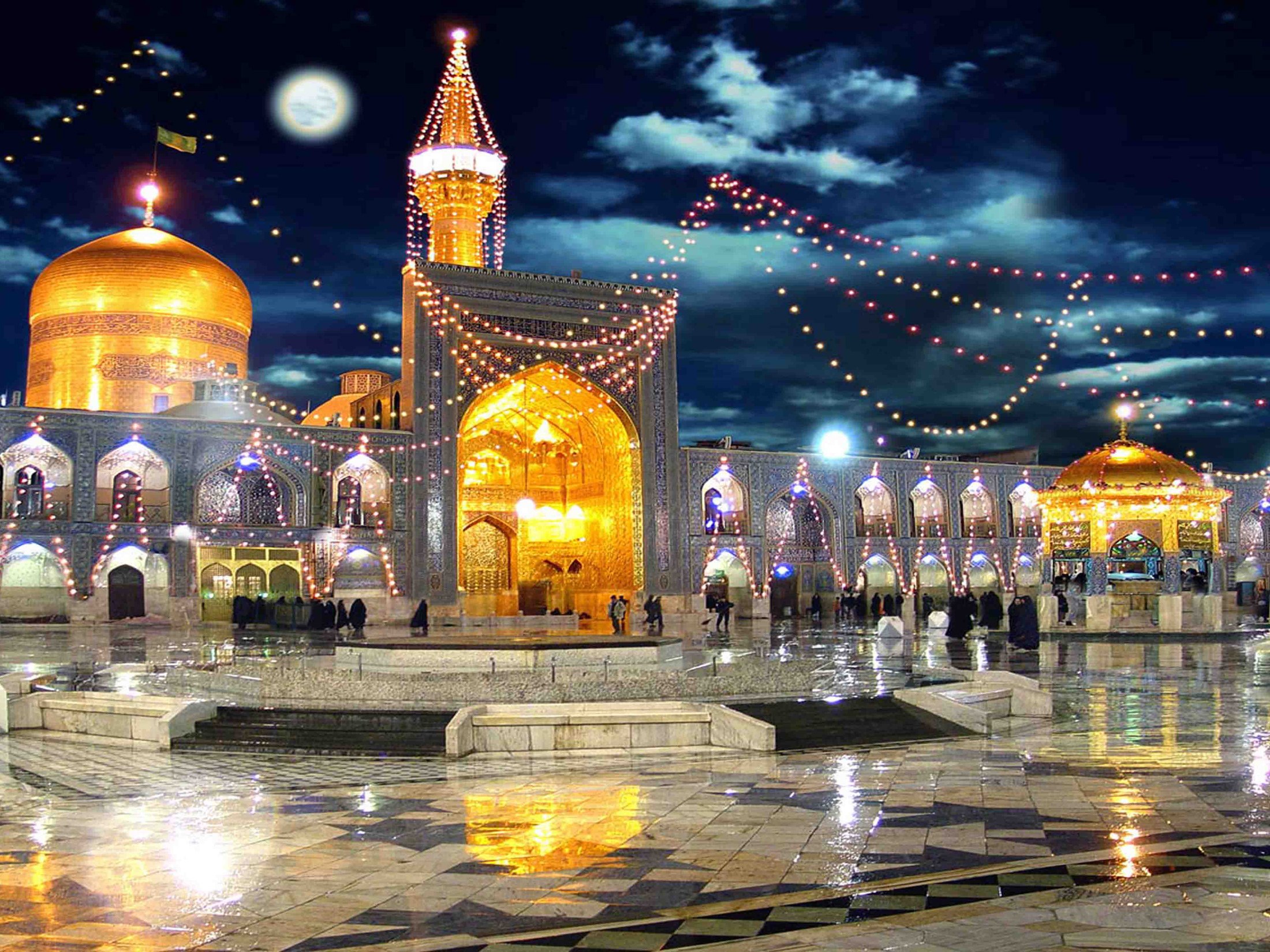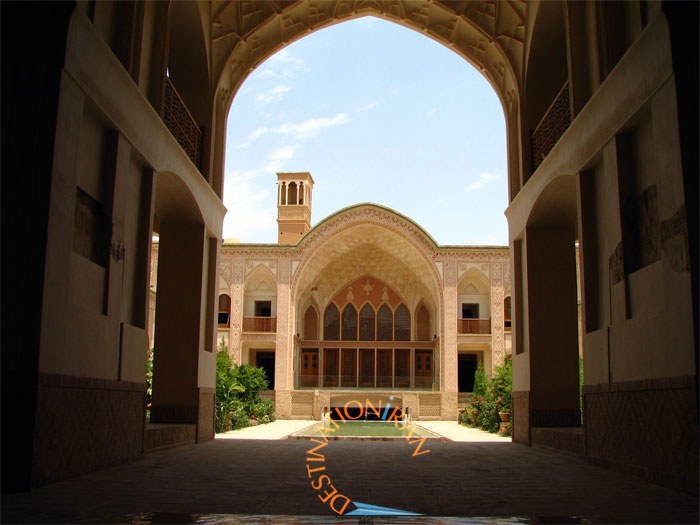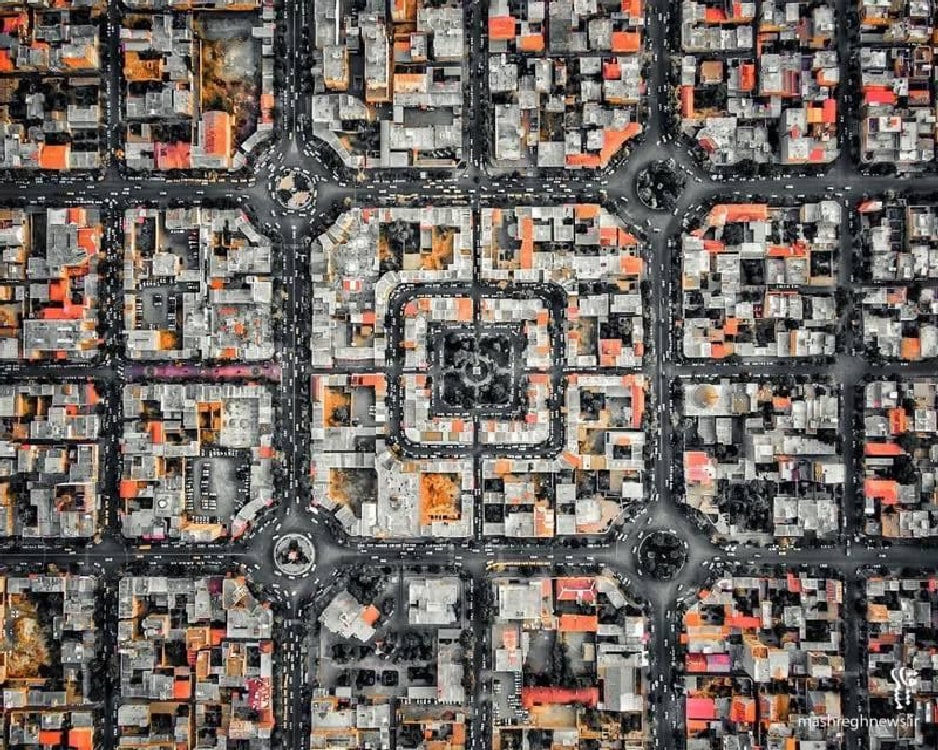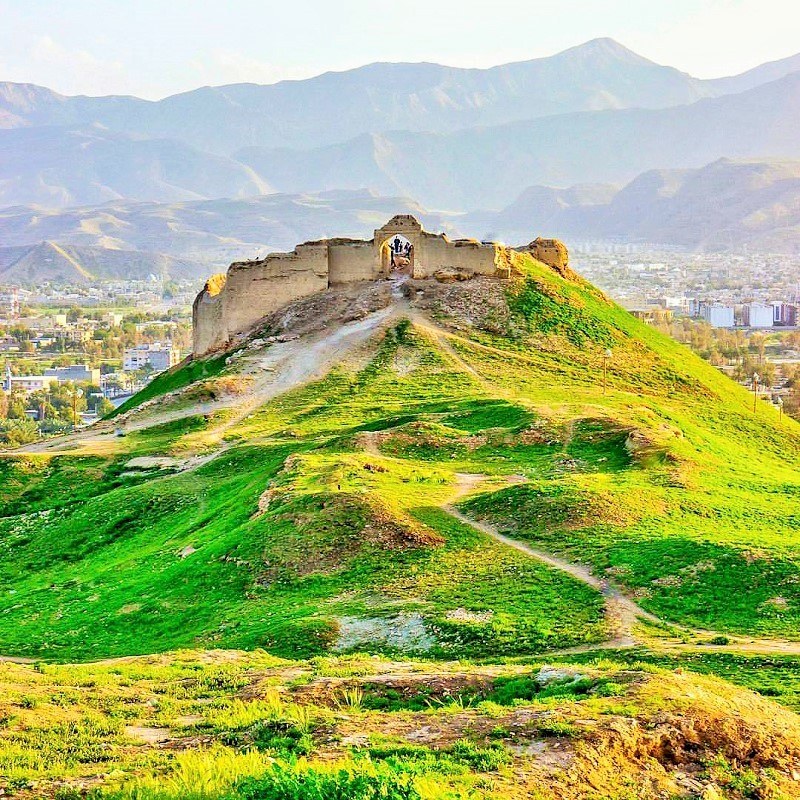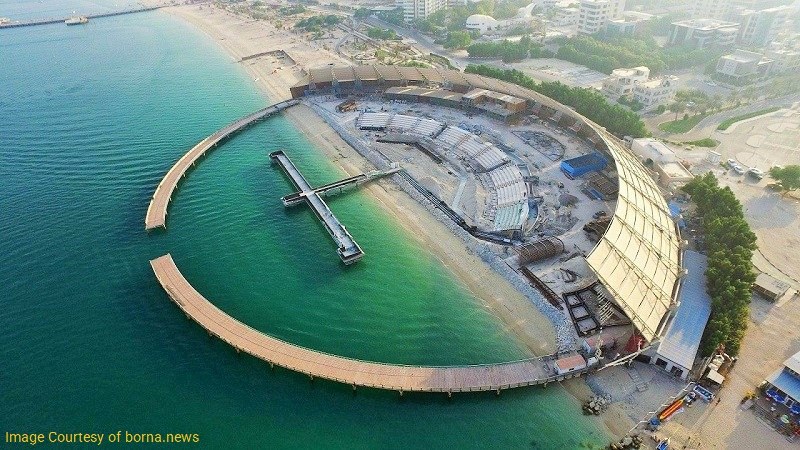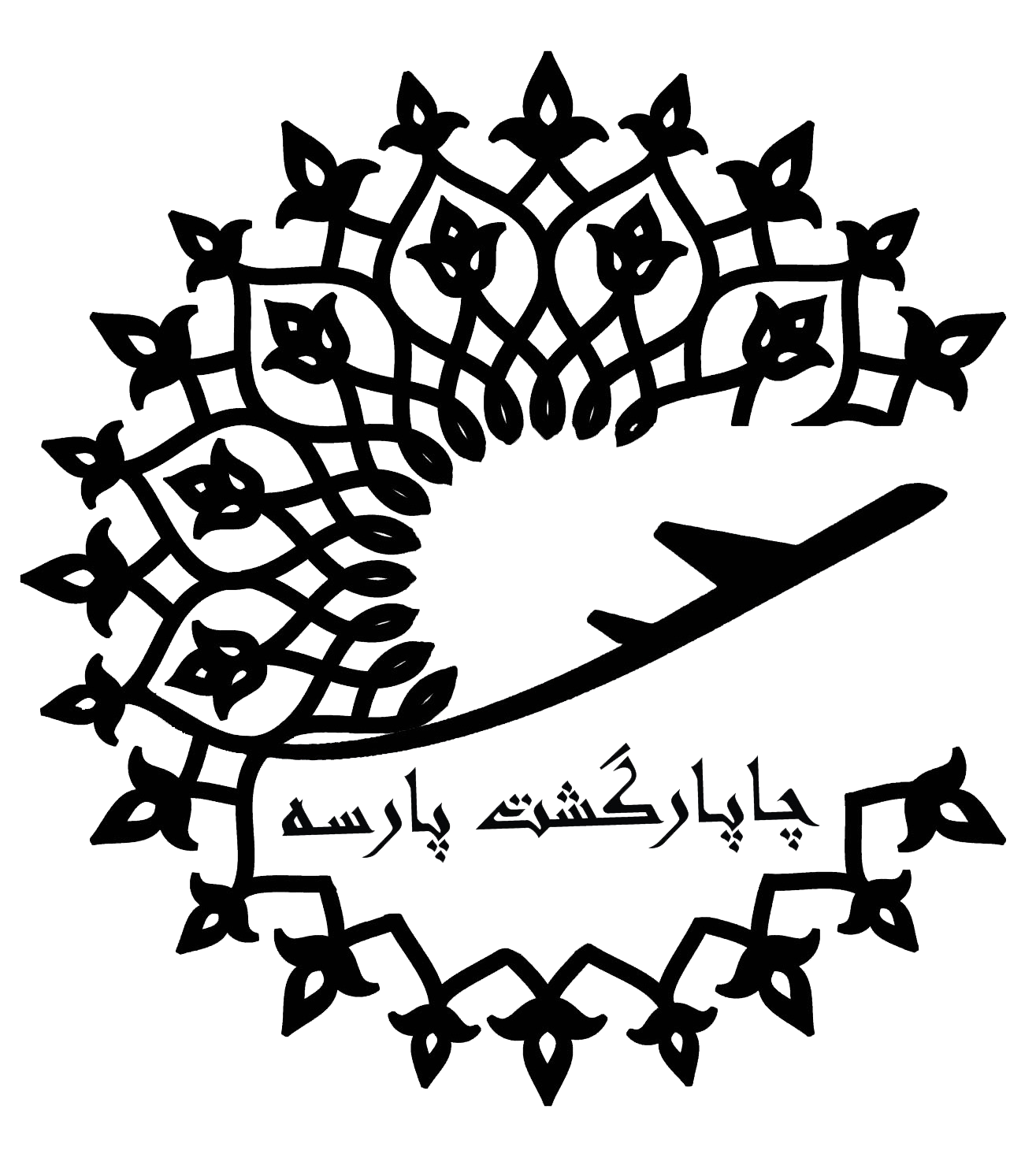Introduction of Kerman
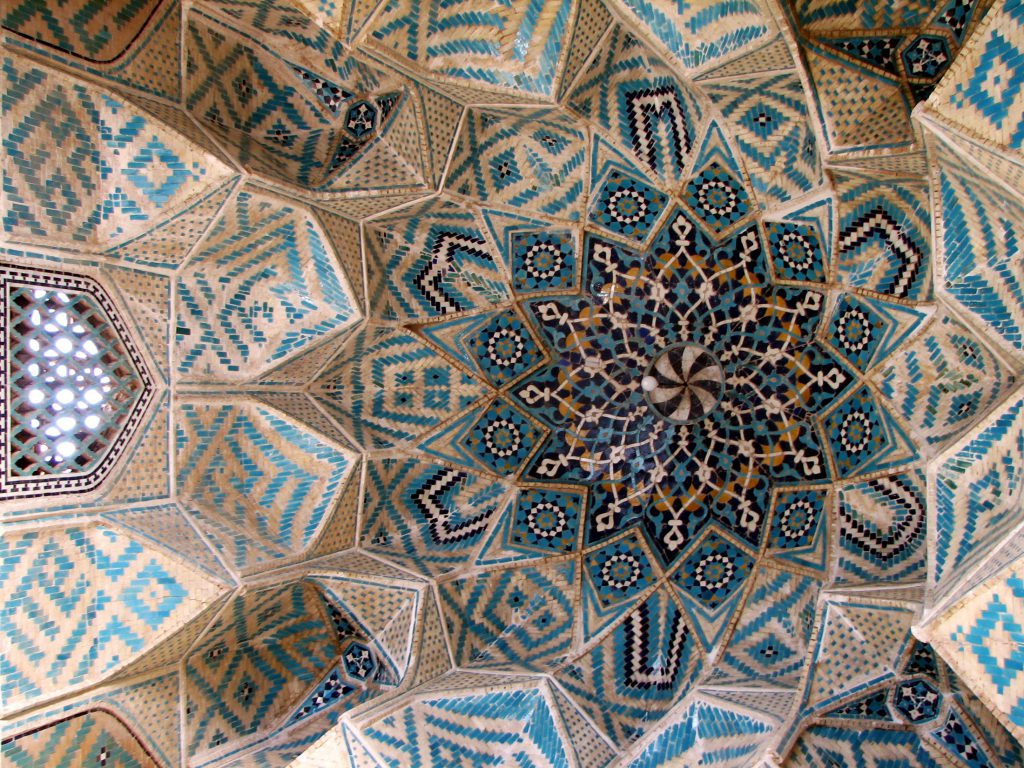
A great number of those people traveling to Iran, have had memorable days of their visits to Kerman tourist attractions. Kerman is the largest province of Iran and has got several ancient sights to offer. On the other hand, it is growing into a large industrial center in Iran and preparing for much better services for those who stay there as travelers. Fabulous architecture, a lot of local culture, Zoroastrian faith and fire temples, traditional handicrafts and beautiful landscape are some of the highlights this province offers to its visitors.
Geography of Kerman
The city is the capital of the largest province of Iran by the same name. With an altitude of 1760 m above sea level, it rests on a flat area between sets of local mountains. They are particularly on its eastern side where a set of high mountains separate it from Kavir-e-Lut, the southern desert pit of Iran.
Kerman is of moderate climate and of hot summer days. In spring, there are cases of strong winds and sand storms. The average annual temperature in Kerman is 16°C and its average annual rainfall is 123mm.
Here are the different ways of traveling to Kerman:
- By car
Kerman is 984 kilometers away from Tehran taking about 11 hours by car. It is possible to travel by car or bus to Kerman.
There are buses leaving from different cities of Iran to Adineh Terminal of Kerman. This terminal is equipped with hotel facilities and amenities.
- By airplane
Kerman Province has five airports the most important of which is Kerman International Airport. It is located at the end of Jomhouri Boulevard. There are regular flights to Tehran, Mashhad, Sari, Shiraz, Zahedan, Tabriz and Kish from this airport.
- By train
The rail lines from north to south and from east to west of Kerman connect Tehran, Isfahan, Hormozgan, Khorasan, Yazd, Sistan and Baluchistan provinces to each other. Kerman-Bam and Bam-Zahedan Railway is also available.
Kerman Railway Station is located in the southwest of the city, near Adineh-ye Kariman passenger terminal.
Kerman’s location has made certain journeys possible from the Persian Gulf and Oman Sea to Khorasan at the north east of Iran for trade. Also, it has been on the spice road, a branch of Silk route going to India. Therefore, the location of the city has had some vital benefits to the merchants and trade people.
Travelers visit Kerman tourist attractions that are different from other parts of Iran. There are several instances of vernacular architecture in this town too. Kerman has a long history and rich cultural heritage.
Population and Economy of Kerman
Kerman is a fast-growing city with a population of approximately 750,000 people. Farming is still the main source of income for this province. When you travel to Kerman from Yazd, you see a lot of pistachio gardens stretched across the desert for tens of kilometers. Also, it has the second largest copper mine of the world in Sarcheshmeh. Carpet weaving is also another craft that has made this city quite famous among Iranians and the people of the world since long time ago.
Also, the word Pateh reminds every traveler of this city in Iran and nowhere else. It is an embroidered piece of cloth traditionally made in this province from wool in traditional colors and with patterns. Kerman was well-known for the production of cashmere wool shawls and other textiles during 8th century, but you do not find them produced there anymore.
Copper, coal, carpet, cement, rubber, combined cycle power plant and medical industries are involved in the economy of Kerman.
History of Kerman
Many take a tour to Iran and visit Kerman province to explore its rich history and visit its touist attractions. They want to learn more about how it has gone through several hard stages of ups and downs. According to some sources, since the time of Elamites when Sumerians traveled from the Mesopotamia to India for trade, they had to go through the mentioned mountains.
The location of Kerman is in the middle of them making it the only safe passageway to travel through. Therefore, Elamites, who had taken the responsibility of safeguarding the caravan routes, had made defensive outposts here. This is how it first turn into a settlement.
Kerman has been the subject of attacks and destruction 14 times during its history. The founder of Sassanians, Ardeshir I, gave particular attention to the city, but it underwent some destructive invasion by Arabs. Several local and national rulers dominated the city throughout the history. Abbasid caliphs did not have much power to exert in Kerman. During 11th and 12th centuries, Kerman was under Seljuk rulers.
Under Safavids, Kerman expanded rapidly and largely. The business thrived and the city exported its carpets and rugs to England and Germany.
Following that prosperous period, there came a sad era when the people of the city supported Lotfali Khan Zand disliked by the next ruler, Agha Mohammad Khan, the founder of Qajar dynasty. The innocent people of Kerman paid a big price for this support as the brutal new ruler made lots of male inhabitants blind, sold women and children for slavery and destroyed the city. Historians say that an amount of approximately 20kg of eyes were taken out in one day.
Under Qajars, there was not much done to help the city recover from this catastrophic event. However, 20th century brought much better result for the welfare of the people. The city is growing into an industrialized center manufacturing various products and continuing the production of its main agricultural crop, pistachio.
Historic Attractions inside Kerman City
Here’s a list of these historic places that attract many travelers here:
Kerman Friday Mosque
Built in 14th century by Yazdi architects, it is a functional mosque with beautiful portal decorated with tiles of blue color in different shades. The mosque has got a few doors and a couple of Shabestans all in use these days.
Ganjali Khan Complex
This is a set of structures built at the side of Kerman Bazaar by Safavid governor, Ganjali Khan. It includes a caravansary, a bathhouse, a water reservoir, a minting house, a mosque and part of the present-day bazaar.
Kerman Bazaar
Apart from Ganjali Khan complex, the rest of the bazaar is made at Qajar period. The herb shops’ area and the open air fruit market of Kerman Bazaar are worth visiting.
Malek Mosque
Also known as Imam Mosque, this is a Seljuk mosque and is considered one of the largest in the entire country. This mosque has got a very large courtyard and three unique mehrabs showing the direction of Mecca.
Jabalieh Dome
This octagonal building looks like Sassanians’ buildings and has interesting features. It is built in form of an octagonal stone-made structure with a brick-made dome. Today it is of Kerman tourist attractions in form of a museum of tomb stones.
Hindu Caravanserai
The building reflects the rich past of the spice trade from India to Kerman. Iranians repaired this caravanserai many times during the Qajar era.
Tomb of Moshtaq Ali Shah
The tomb is located at the end of the bazaar and on a part of Moshtaq square. Moshtaq Ali Shah was a mystic and scholar stoned to death about 220 years ago for reading the Koran by playing Setar. The fourth string of the Setar is called Moshtaq string to commemorate Moshtaq Ali Shah.
Zoroastrians Fire Temple
The construction of this fire temple dates back to 130 years ago. The first Zoroastrian Museum of Documents and Anthropology in the world is located next to this fire temple.
Fath Abad Garden
The monument dates back to 1876. A mansion in the style of Qajar architecture is located in the middle of the garden. There are lots of pistachio trees around this mansion and garden.
National Library of Kerman
The national library was a textile factory in the past. The library is located in the middle of a luxuriant park. It belongs to the Pahlavi era.
Moayedi Ice House
This ice house (Yakhchal in Persian) dates back to the Safavid era, from the 16th to the 18th centuries. It has a conical dome and the walls are made of sun-dried brick and mud. In winter, Iranians stored the ice in this building to prevent a lack of water in summer.
Harandi House, Garden & Museum
The high walls surround Harandi Garden. This complex belongs to the Qajar era and the construction dates back to 1911. Harandi Garden has an area of 25,000 m2 . There is a two-storey buildings in the garden used as amuseum. In one of the buildings, there are archaeological pieces of Jiroft and Shahdad, and in the other, a collection of musical instruments.
Minting House
In this building, called Zarabkhaneh in Persian, there is a collection of old coins. This minting house is located in the coppersmith section of the bazaar.
Mozaffari Friday Mosque
The construction of this mosque dates back to 14th century, during the reign of the Muzaffarid dynasty. The mosque is located in Moshtaq Square of Kerman. Arthur Upham Pope, an American expert on Iranian art and archeologist, considers this mosque the masterpiece of Islamic and Iranian architecture influenced the development of the country.
Old Walls of Kerman
This complex is a national heritage of Iran dating back to the Qajar period. It had a defensive role constructed to ensure the security of the city.
Nazar Garden
This garden is more than 250 years old. It is now located inside a military training center.
Neshat Garden
This is a complex of ancient gardens that has witnessed major historical events, including the siege of Commander Nosrat, the ruler of Kerman, more than a century ago. The construction of this garden dates back to the Qajar era.
Aqa Garden
The construction of this garden dates back to the Qajar period. It was also the British Consulate in Kerman in the past.
Sarasiab Garden
This garden dates back to the Seljuk period. It is located in southeast of Kerman.
Mashiz Garden
This garden belongs to the Qara Khitai period when Kerman was the capital of Iran.
Golshan Garden
A ruler of Kerman built this garden during the Qajar era. It is the following of Kerman Citadel.
Dilmaqani Garden
This garden belongs to the Qajar period. It is used as an orphanage now.
Lellah Garden
This garden is almost a ruin. This garden dates back to the Seljuk period.
Zarisof Ice House
It belongs to the Qajar period. Zarisof Ice House consists of a warehouse, a fence, a pool, and an ice pit.
Ardeshir Castle
This building is an ancient castle of Kerman. Ardeshir in Karnamag Book and Ferdowsi in Shahnameh have written about this castle. It is located on the top of a mountain in the historic district of Kerman. The castle belongs to the Sassanid period.
Dokhtar Castle
It is another castle located near Ardeshir Castle.
Aminian House, Qaffari House, and Pardakhti House
These mansions belong to the Qajar period. In addition, they are the symbols of climate-friendly architecture in Kerman. All of these historic houses are inscribed as national heritage buildings in Iran.
Beyram Abad Garden
This garden is located in the east of Kerman city and next to Takht-e Dargah-e Qoli Beyg. The construction of this garden dates back to the Safavid period.
Takht-e Dargah-e Qoli Beyg
This mansion is located in the southeast of Kerman City and in the southern corner of Dokhtar Castle. This is the tomb of a ruler of the late Safavid era and the chief of Afshar Tribe of Kerman. He was the only person in Afshar Tribe became famous 150 years after Ganj Ali Khan, a military officer in the Safavid era.
Historic Attractions outside the City
Here’s the list of Kerman tourist attractions that you can find outside this city:
Rayen Citadel
This complex has remained from the Sassanid period. It is located 105 km from Kerman. This adobe building looks like the Historic citadel of Arg-e Bam. It is the second largest adobe building in the world after Arg-e Bam. The built area is more than 22,000 m2 and it has an area of 40,000 m2.
Shahzadeh Garden
This garden is located near Mahan, in the heart of the desert. It is one of the inscribed monuments of the UNESCO World Heritage List. This garden is located about 2 kilometers from Mahan city and about 40 kilometers from Kerman city. Its construction dates back to the late Qajar period.
Meymand Village
Meymanad is a village of the Central District of Shahr-e Babak County, in Kerman Province. It is located 38 km away from Shahr-e Babak. UNESCO has inscribed the cultural landscape of the historic village of Meymanad in Shahr-e Babak as a World Heritage Site because of the houses excavated in the heart of the mountain. History of Meymand Village goes back to 8000-12000 years ago.
Dastkand Shivashgan Mountain
It is also called Saheb al-Zaman Mount. This area is located in the eastern part of Kerman. The age of its Dastkand part dates back to about 2,000 years ago and the ancient Persian name of the mountain is “Shivashgan”. Dastkand in Persian means dug by hand.
Shah Nematollah Vali Mausoleum
Shah Nematollah was a famous mystic and poet of the 14th century. The construction of this mansion-garden dates back to the Safavid period. On the birthday of Imam Ali, his followers gather around the shrine of Shah Nematollah, celebrate the birthday, and play daf instrument. This mausoleum is a major tourist attraction of Kerman province.
Motevali Bashi Garden
This garden is located behind the tomb of Shah Nematollah.
Natural Attractions of Kerman City
This is the list of natural tourist attractions near Kerman:
Khoshkar Waterfalls
This site consists of two waterfalls. It requires some hiking to reach the waterfalls. There is a cave near the waterfalls.
Darreh Sakhti Waterfalls
This valley is 30 km away from Kerman City. It is located in the heart of a mountain and requires physical fitness and technical tools to conquer and pass through it.
Simak Waterfalls
This waterfall is located in the north of Kerman Province. Simak Region consists of 13 waterfalls. Simak is the name of a gorge in this region.
Shahdad Desert & Its Kaluts
Shahdad is an ancient city at the southwest of Lut Desert. By words, Kaluts are the sand-made hills formed naturally as a result of wind and rain during millions of years. The desert city of Shahdad is located about 100 km on the east of Kerman. However, the Kaluts of Shahdad desert are approximately 45 km away from Shahdad. An area close to these Kaluts is called Gandom Berian (roasted wheat), which is actually the hottest spot on the Earth.
Mount Sirch
This area is near Shahdad City. Unlike Shahdad, the peaks of this mountain are generally snow-covered until the last days of May. That is why this never suffers from the lack of adequate water.
Pardisan Qaem Forest
This is the largest artificial forest in Iran and is located on the east of Kerman. In the desert city of Kerman, this forest of 230 hectares area is the main part of Kerman green space. There are more than 500,000 trees of all kinds of unproductive trees in Pardisan Forest.
Keshit Village
This rural green region is located in the heart of Lut desert. It has temperate climate and the main engagement of local people is agriculture.
Mount Hezar
It is the fourth highest mountain in Iran and the highest peak in the south of Iran. There are villages on the slopes of Mount Hezar with a pleasant climate and Rayen waterfall in the heart of this mountain. Mount Hezar is one of Kerman’s major natural attractions.



